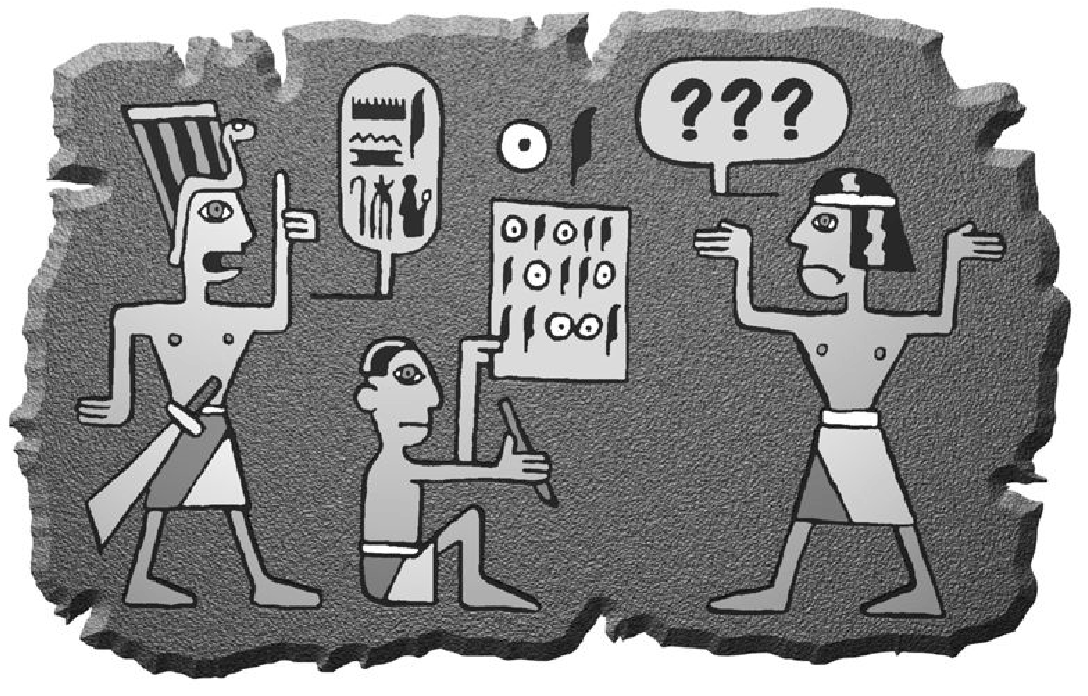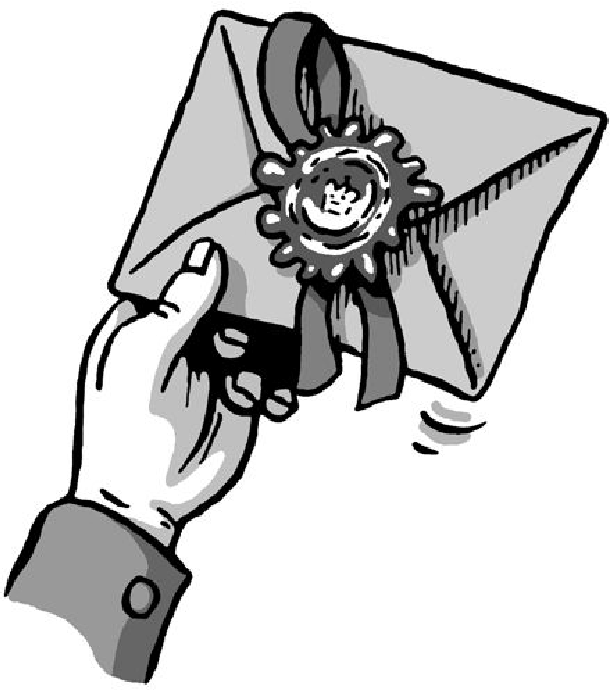




 |
 |
 |
 | 2 Encrypting e-mails: because the envelope is missing | Contents |
 |
The encryption of messages is sometimes described as the second-oldest profession in the world. Encryption techniques were used as far back as Egypt's pharaoh Khnumhotep II, and during Herodot's and Cesar's time. Thanks to Gpg4win, encryption is no longer the reserve of kings, but is accessible to everyone, for free.

Computer technology has provided us with some excellent tools to communicate around the globe and obtain information. However, rights and freedoms which are taken for granted with other forms of communication must still be secured when it comes to new technologies. The Internet has developed with such speed and at such a scale that it has been difficult to keep up with maintaining our rights.
With the old-fashioned way of writing a letter, written contents are protected by an envelope. The envelope protects messages from prying eyes, and it is easy to see if an envelope has been manipulated. Only if the information is not important, do we write it on an unprotected post card, which can also be read by the mail carrier and others.
You and no one else decides whether the message is important, confidential or secret.
e-mails do not provide this kind of freedom. An e-mail is like a post card - always open, and always accessible to the electronic mailman and others. It gets even worse: while computer technology offers the option of transporting and distributing millions of e-mails, it also provides people with the option of checking them.
Previously, no one would have seriously thought about collecting all letters and postcards, analyse their contents or monitor senders and recipients. It would not only have been unfeasiable, it would have also taken too long. However, modern computer technology has made this a technical possibility. There are indications that this is already being done on a large scale. A Wikipedia article on the Echelon system3 provides interesting background information on this topic.
Why is this an issue - because the envelope is missing.

What we are suggesting here is essentially an "envelope" for your electronic mail. Whether you use it, when or for whom and how often - that is entirely up to you. Software such as Gpg4win merely returns the right to choose to you. The right to choose whether you think a message is important and requires protection.
This is the key aspect of the right to privacy of correspondence, post and telecommunications in the Basic Law, and the Gpg4win program package allows you to exercise this right. You do not have to use this software, just as you are not required to use an envelope. But you have the right.
To secure this right, Gpg4win offers a so-called "strong encryption technology". "Strong" in this sense means that it cannot be broken with known tools. Until recently, strong encryption methods used to be reserved for military and government circles in many countries. The right to make them accessible to all citizens was championed by Internet users, and sometimes also with the help of visionary people in government institutions, as was the case with support for Free Software for encryption purposes. Security experts around the world now view GnuPG as a practical and secure software.
It is up to you how you want to value this type of security.
You alone decide the relationship between the convenience of encryption and the highest possible level of security. These include the few but important precautions you must make to implement to ensure that Gpg4win can be used properly. This compendium will explain this process on a step-by-step basis.
© 31. August 2010, v3.0.0-beta1 (last minor changes from 21. September 2010)
The Gpg4win Compendium is filed under the
GNU Free Documentation License v1.2.
 |
 |
 |
 | 2 Encrypting e-mails: because the envelope is missing | Contents |
 |